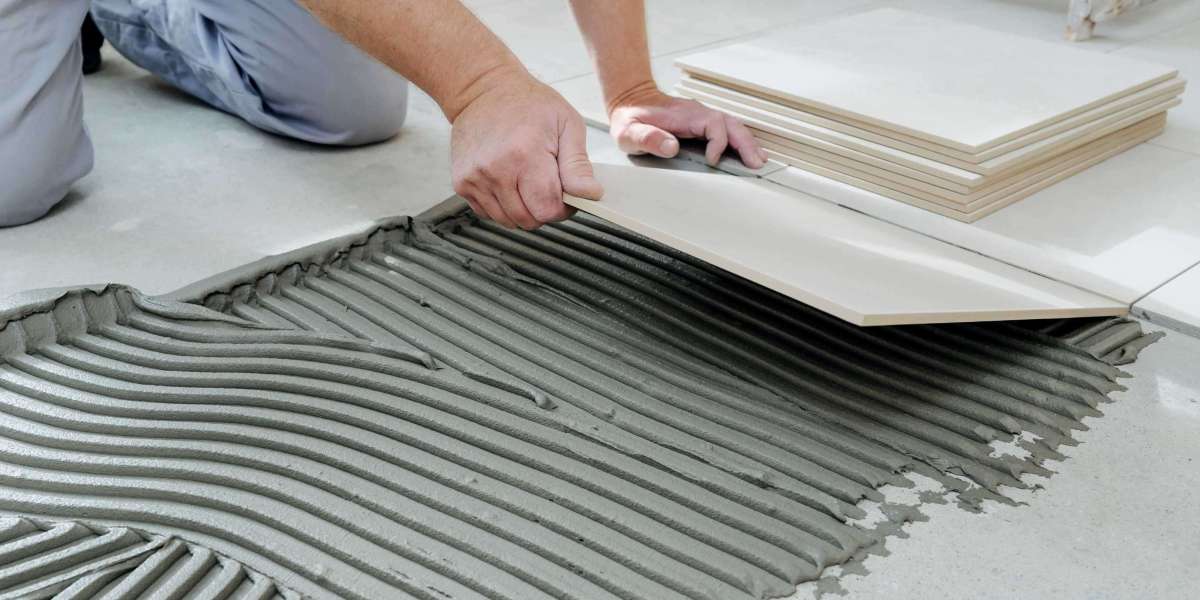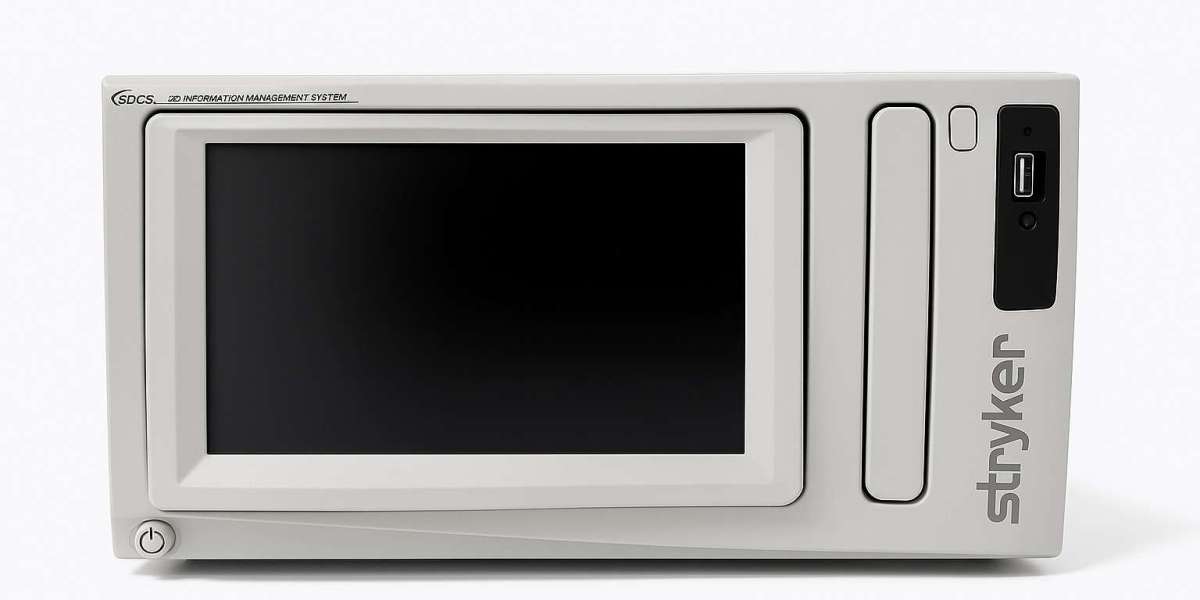When a tile suddenly cracks or starts wobbling underfoot, it's more than just an eyesore—it’s a signal. A signal that your floor needs attention. We often walk across our tiled floors every day without thinking twice, but when things go wrong, it becomes frustrating fast. The good news? You don't need a full renovation. You just need the right fix—and that’s where floor tiles fixing chemicals come in.
The Power of Floor Tiles Fixing Chemical
Think of floor tiles fixing chemical as the glue that puts everything back together—stronger than before. These chemicals are specially formulated to create a tight, durable bond between the tile and the surface beneath it. It's not just patchwork; it’s reinforcement.
Preparing the Surface
Cleanliness is key. Remove the damaged tile carefully without harming the neighboring ones. Clear out old adhesive or debris underneath using a scraper. Wipe down the area with a damp cloth and let it dry. A smooth, clean base ensures proper bonding.
Mixing and Applying the Fixing Chemical
Follow the instructions on the Perlcon packaging. Usually, you’ll mix the chemical with water until you get a smooth, paste-like consistency. Apply it to the base using a notched trowel, creating grooves for better grip.
Placing the Tiles Back
Gently press the tile into place, twisting slightly to ensure full contact with the adhesive. Make sure it aligns well with the surrounding tiles. Use spacers if needed for uniform gaps.
Curing Time and What to Expect
Once the tile is set, allow it to cure. Most professional fixing chemicals take about 24 hours to fully set. Avoid stepping on it during this time. After curing, check for stability and clean any excess adhesive from the joints.
Common Reasons for Tile Damage
Loose tiles? Cracks appearing out of nowhere? Let’s look at what could be behind them:
- Poor Adhesion: If the tile wasn't properly fixed the first time, it won't take much to loosen it.
- Moisture Damage: Water seepage can weaken the bond underneath.
- Heavy Loads: Constant pressure or drops can cause hairline cracks.
- Subfloor Shifting: Uneven surfaces or house settling can disturb the tiles.
Why Not Just Replace the Tiles?
It might seem easier to just pop off the damaged tile and slap on a new one. But here’s the catch: matching the exact size, texture, and shade is often harder than you think. Not to mention, without fixing the underlying issue, the new tile could crack too.
Tips for Long-Term Durability
- Want your tiles to last longer this time?
- Seal the grout lines to block moisture.
- Avoid dragging heavy objects across the floor.
- Clean spills immediately.
- Inspect tiles regularly for signs of loosening.
Conclusion
Loose or cracked tiles don’t mean disaster. With a little effort, the right tools, and floor tiles fixing chemical from Perlcon Premix Pvt. Ltd., your floor can be as good as new. Why wait for things to get worse? Take control and give your tiles the care they deserve.



